Description
The manufacturing process of mirrors usually involves coating an optical glass substrate with a metallic gold film, followed by fine polishing and coating to ensure high reflectivity and smooth surface quality. Since metallic gold has high reflectivity and excellent conductive properties, gold-plated reflectors can effectively reflect light and maintain the stability and consistency of light.
Gold Plated Silicon Reflective Optical Mirror
Specifications
| Reflective Coating: | Protected Silver, Protected Gold |
|---|---|
| Substrate: | Si |
| Average Reflectance: | 90 % |
| Wavelength Range: | 10.6 – 2000 nm |
| Surface Flatness: | lambda/20, lambda/10, lambda/8, lambda/6, lambda/4, lambda/2 |
| Surface Quality: | 10-5 scratch-dig, 20-10 scratch-dig, 40-20 scratch-dig, 60-40 scratch-dig, 80-50 scratch-dig |
| Diameter: | 3 mm |
| Thickness: | 1 mm |
| Shape: | Custom |
Features
The main advantages of gold-plated mirrors are high reflectivity, good stability, and strong corrosion resistance, and can work stably for a long time under harsh environmental conditions. In addition, it can adjust reflectivity and spectral characteristics through different coating processes to meet different application needs.
Applications
A gold-plated reflector is a reflector with a metallic gold film coated on the optical plane. It has high reflectivity, excellent stability and corrosion resistance, and is commonly used in various optical systems, such as telescopes, microscopes, lasers, etc.
Frequently Asked Questions
What are the types of reflectors?
What kind of coating can be applied to reflectors?
What are the substrate materials of mirror?
Similar Products
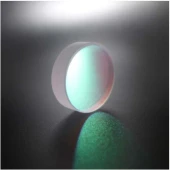
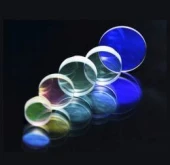
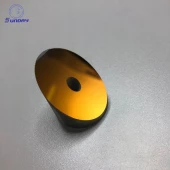
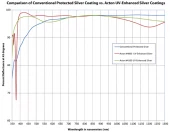
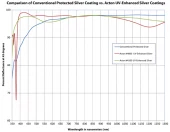
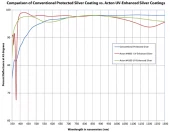
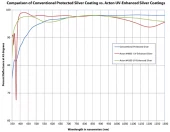
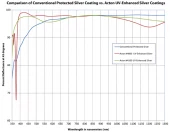
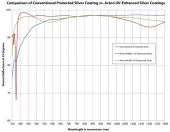
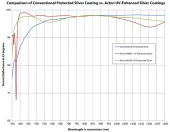

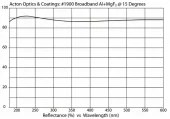
Your inquiry has been received.
Create an account by adding a password
Why create an account?
- Auto-complete inquiry forms
- View and manage all your past messages
- Save products to your favorites
- Close your account anytime — no hassle